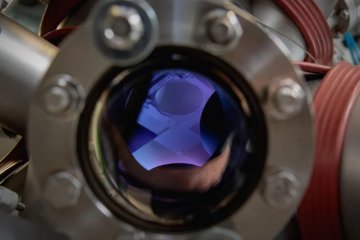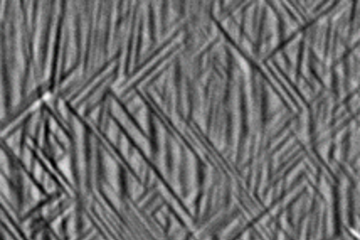All genres
1.
Journal Article
Impact of annealing on electrical properties of Cu2ZnSnSe4 absorber layers. Journal of Applied Physics 120, 045703 (2016)
2.
Talk
High temperature coevaporation of Cu2ZnSnSe4. E-MRS Spring Meeting 2014, Lille, France (2014)
3.
Poster
Sequential process or co-evaporation: Comparison of IVT and admittance data. 5th European Kesterite Workshop 2015, Tallinn, Estonia (2014)
4.
Thesis - Master
Influence of growth conditions on the opto-electronic properties, microstructure and chemistry of Cu2ZnSnSe4 thin-films. Master, Heinrich-Heine-Universität Düsseldorf, Düsseldorf, Germany (2014)











